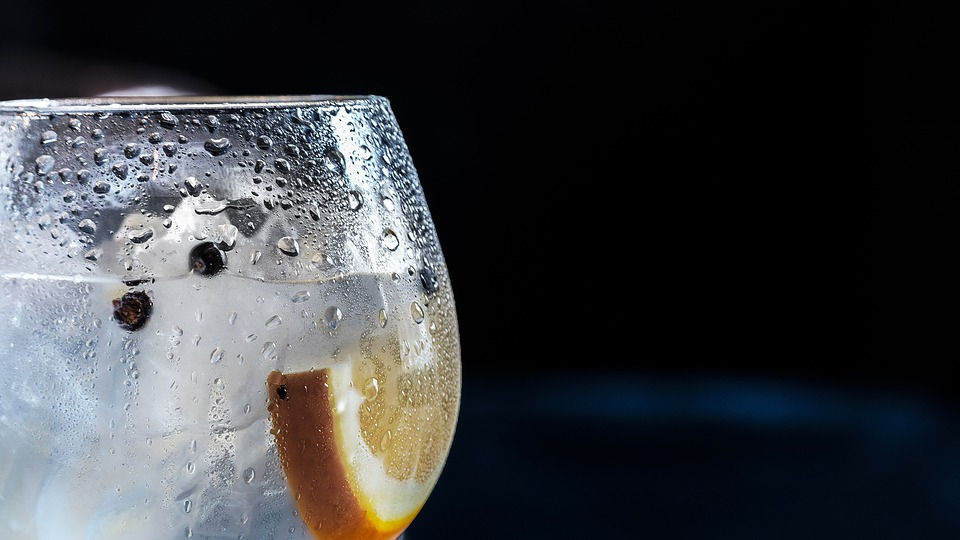Does Temperature Affect Condensation
- Science Fair Wiz

- Sep 22, 2018
- 2 min read
4th grade science fair
Does Temperature Affect Condensation?

Have you ever noticed the tiny water droplets towards the top of water bottles when you leave them in a hot car? Those droplets of water are formed as a result of condensation. The part of the water bottle that contains water is heated up, and now the relatively cooler emptiness of the water bottle has tiny water droplets. In this experiment, we will be testing if cooling water vapor even further will increase the amount of condensation.
Building Background
In the water cycle, the sun heats up the ocean. Then, water evaporates. The water turned from a liquid to a gas, called water vapor. As water vapor goes into the sky, the temperature gets cooler. Now, water vapor is in that cool atmosphere, and now it becomes back into water. This is the stage where clouds form, it’s the water vapor going back into water, or you can say gas going back into water. This is called condensation.
In this experiment, we are trying to see if there is more condensation if there is more coolness.
Creating a Hypothesis
When creating a hypothesis, think about this: do you think more cooling will increase the amount of condensation? Do you agree or disagree? Write down your hypothesis accordingly.
Materials
1. 2 preferably smaller cups
2. 2 preferably larger cups
3. Hot water
4. Ice
I recommend using see through plastic cups rather than glass, just so that if anything topples over it wont shatter.
Procedure
1. Pour hot water half way in both of the smaller cups
2. Put a larger cup upside down on top of both of the smaller cups
3. On one of the larger cups, place an ice cube on top
4. After a couple of minutes, look inside the two larger cups. Compare amount of condensation in both cups
Conclusion
Which cup had more condensation in it, the one with or without the ice cube on top? Was your hypothesis proven correct or incorrect?




Comments